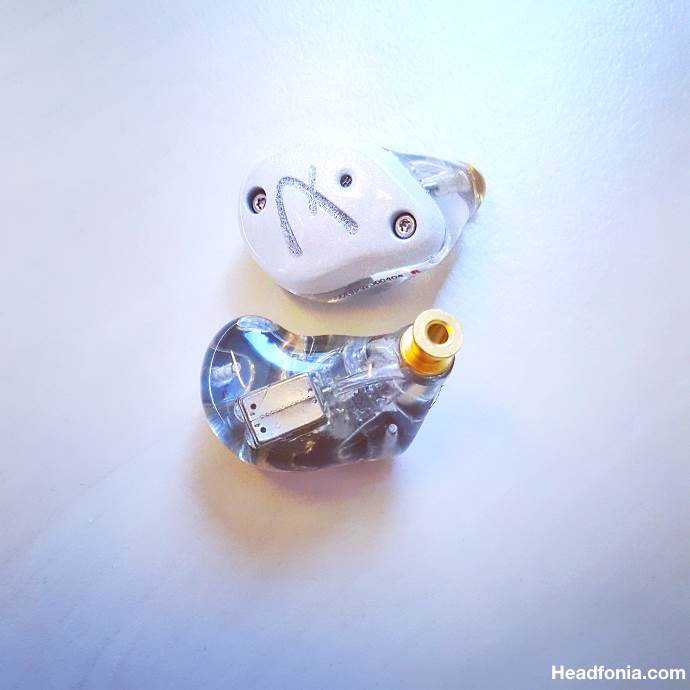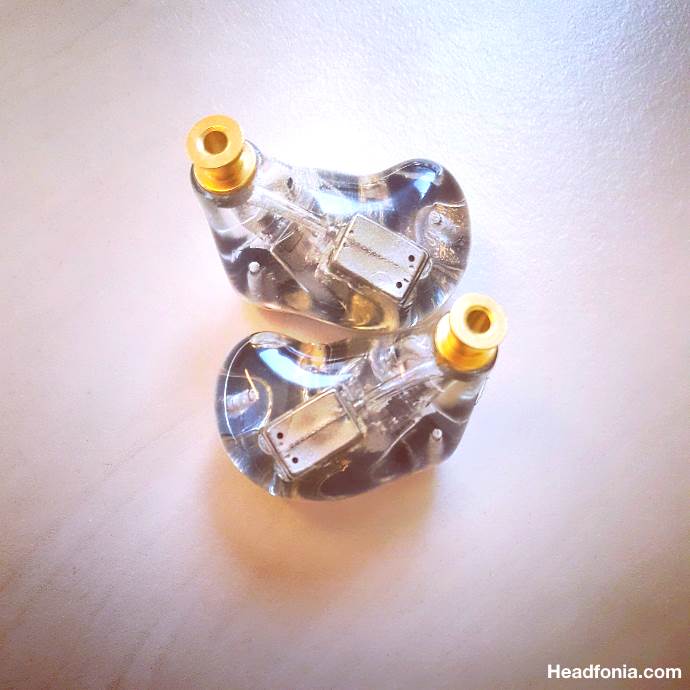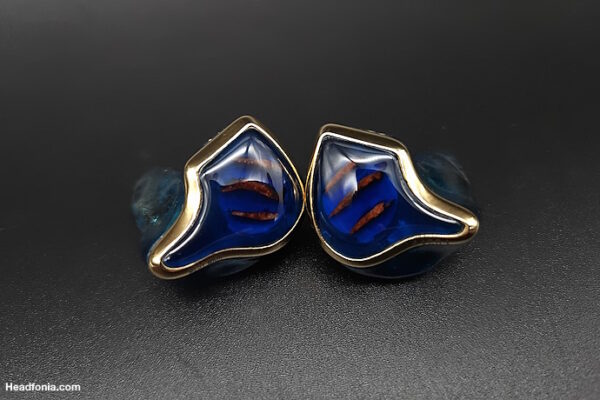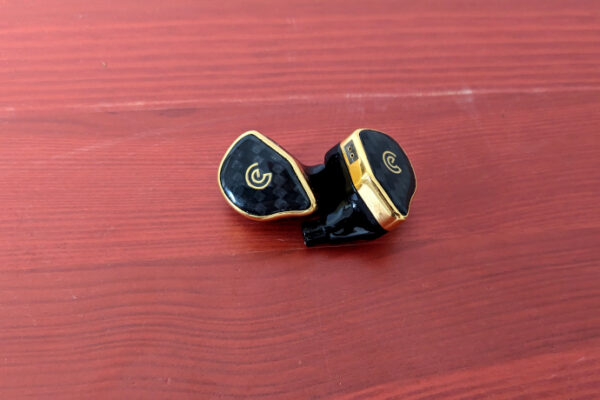How Fender sees the FXA9’s sound? “incredible coherence and smooth, distortion-free audio” is what we can find on the FXA9’s product page. Along with “Scaling in clarity, based on the resolution of the music content and source, the exclusive drivers deliver pristine transparency, a wide soundstage and clean, un-hyped low end.”
And actually that last part pretty well sums up the FXA9’s sound. You get a natural and clean sound, with good dynamics and transparency. The FXA9 is linear and balanced and it doesn’t elevate or reduces anything in the process. The FXA9 is tuned in a more neutral way and it’s done very well so. The sound stage is wide and spacious enough and with the L6 you get great separation with it as well. The left/right stereo image is also a pleasure experience. The sound stage is wider than it is deeper but the layering is pretty good from bass all the way to treble. Is everything good? Well, let’s say that this isn’t the most emotional IEM. It’s certainly not boring either but something is missing in this regard. Some find the separation between bass, mids and treble a little too strong, but that’s a matter of personal preference.
Bass is tight and punchy but it isn’t the biggest in body. It’s quality over quantity but if needed bass will show up and go fairly deep. This is audiophile level bass and if you’re looking for big, omnipresent bass, then this isn’t what you’re looking for. As said, the FXA9 is linear and the mids perfectly flow from the bass section with the same amount of body. With the stock cable the voices sound just a little more upfront but it at he same time makes them very clean. The mids are clear, transparent and precise at all times.
The treble section is energetic and lively and extends well with an airy presentation. Treble never goes too far and becomes harsh or shrill, the FXA9 presents treble in a safe way. The FXA9 keeps it perfectly in line and so it also connects nicely to the mids. Treble is energetic enough to keep things entertaining and vivid but it at he same time never overpowers the bass or mids. As said, linearity is a strong point of the FXA9, where a weaker point probably is the lower level of emotion overall.

Fender FXA9
Amplification
As usual I’m selecting 3 of the most popular units for this topic: the Dragonfly RED, the Chord Mojo and the Hugo2. On top of that I’m also adding the L1000 as it has become my main DAC/AMP unit at the office. This part is covered by using the stock single ended cable and my DELL laptop running ROON.
With the award winning Chord Electronics Mojo, the FXA9 sounds neutral and precise and presents the music with a good pace and tightness. This is the typical Mojo sound which I sometimes call “more digital” but if it’s precision and dynamics that you want, then the Mojo is the one for you.
From the Hugo 2 you get a better layered, more spacious and natural sounding FXA9. The presentation is richer, wider and deeper and the end result is musical and slightly smooth. It’s a really well working combination if you like a more natural approach to your music but with all the best technicalities.
The AudioQuest DragonFly RED does great with all sort of IEMs (and headphones for that matter) and it scores big again with the FXA9. You have to turn the volume all the way down, but you get a pitch black background and a powerful sound. The DragonFly and FXA9 combo sounds a bit like a mix of the Hugo 2 and the Mojo. A little bigger in body, a smoother approach to especially the mids, yet with good prat and detail. Layering and sound stage wise it resembles the Mojo, but it shares the body and smoothness with the Hugo 2.
The Acro L1000 has a lot of power to throw at the FXA9 but it has the typical Astell&Kern tuning which we also find in the SP1000. Clean, precise, transparent. Warmth and smoothness are not key characteristics here, but there os a focus on upper mids and treble. Bass is tight and fast but lighter in body and presentation. The vocals are more forward but not overly so. I quite like the sound but it can’t compete with the FXA9 and Hugo 2 combo.
Cable & Balanced
The stock Fender cable that comes with the unit is constructed from triple silver-plated low-oxygen copper cable. Fender has minimized stereo crosstalk by eliminating bifurcation and common grounds from the design, while also making the cable discrete from the IEM. The stock cable sounds pretty good with the FXA9 to be honest, but it is swappable and comes with MMCX connectors, so cable rolling we will do!
For this part I chose the Effect Audio Horus and Leonidas, as well as the PlusSound Exo Copper cables. All these cables have a balanced 2.5mm termination, so we’re covering the cable + the balanced output impact. This part was also covered with the L&P L6 as source.
Using the balanced output and the PlusSound EXO cable, you get a better left/right balance and a blacker sound. There also is more extension from bass to treble and you get a little more forward vocals. All in all I really like this cable with the FXA9 as it sounds natural and musical, and the pace is exemplary.
The Leonidas is a great all-round cable but it presents the FXA9 with lighter body, especially in the bass department. The lower mids are also a bit thinner and the upper mids more forward. Treble is lively and extended. This is the cable if you’re in to more forward vocals and a lighter type of sound.

Fender FXA9
My all-time favorite IEM cable, the Horus, strikes again with the FXA9 and it really elevates it to another level. Yes, the cable alone is more expensive than the monitor itself but this is the best sounding FXA9 I’ve heard. The Horus really brings out the best of everything in the FXA9 and it really lets it shine as a reference monitor, making it compete with the very best.
Conclusion
I have enjoyed my time with the Fender FXA9; you get a nicely tuned neutral monitor that doesn’t push anything to the front or back. Fender gave this a linear and precise tuning with a normal amount of body.
If you’re in to big bass, full body from top to bottom and a warm/smooth presentation than this is not what you’re looking for. The key characteristics for me are clarity, precision and linearity and Fender has executed this really well. You get a nice sound stage with an open and spacious sound and like with the best monitors, quality bass will show up when needed.
My favourite source with it is the Luxury & Precision L6, which is known for its layering, precision but also its musical character. The FXA9 and L6 combo brings you the best of both worlds and you simply get a high level, top performing setup. What the FXA9 maybe lacks a little is emotion but the L6 brings that to the party. In order for the FXA9 to really impress, you’ll need a good source and/or amp. Low quality files aren’t the FXA9’s best friend.
We’ll get round to the other Fender FX units later on, and I will add comparisons to this FXA9 once the reviews are published. Where do I see room for improvement? The extension, detail and precision could be even better, especially when looking at some of its competitors in this price range such as the excellent Sure 846 and the Beyerdynamic Xelento. These are 2 very different universal IEMs but they check a lot of boxes for many audiophiles. The FXA9’s price is steep but you get a well performing, unique sounding and perfectly built, comfortable unit in return.








pendantic
fyi fender asia, has a few more range toppers above the fxa 9, they are still made in the US but exported to select asian cities.
uiem FXA11
ciem series (2 models)
Rick
FYR, TEN 5 universal fit version is the top model right now, but THIRTEEN 6 universal fit version is coming.
http://personalaudio.hk/2018/07/31/fender-universal-fit-ten5-ten3-nine1-news/
Rick
Old news is so exciting…
FXA9 already selling at Hong Kong over one years ago. Nowaday, the latest top is model TEN 5 universal fit version, oh yes you can buy it one at Hong Kong now. BUT, you also can wait for the THIRTEEN 6 universal fit version, it will start selling at next month.
http://personalaudio.hk/2018/07/31/fender-universal-fit-ten5-ten3-nine1-news/
https://www.hk01.com/%E6%95%B8%E7%A2%BC%E7%94%9F%E6%B4%BB/217333/fender-ten-3-ten-5-nine-1%E8%80%B3%E6%A9%9F%E9%96%8B%E7%AE%B1-%E4%B8%80%E5%9C%88%E4%B8%80%E9%90%B5%E4%B8%AD%E9%9A%8E%E6%A9%9F%E6%80%A7%E5%83%B9%E6%A5%B5%E9%AB%98